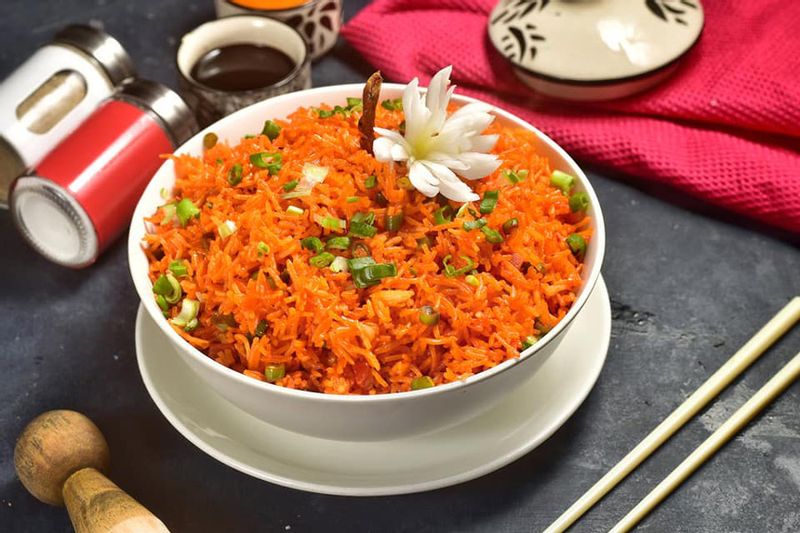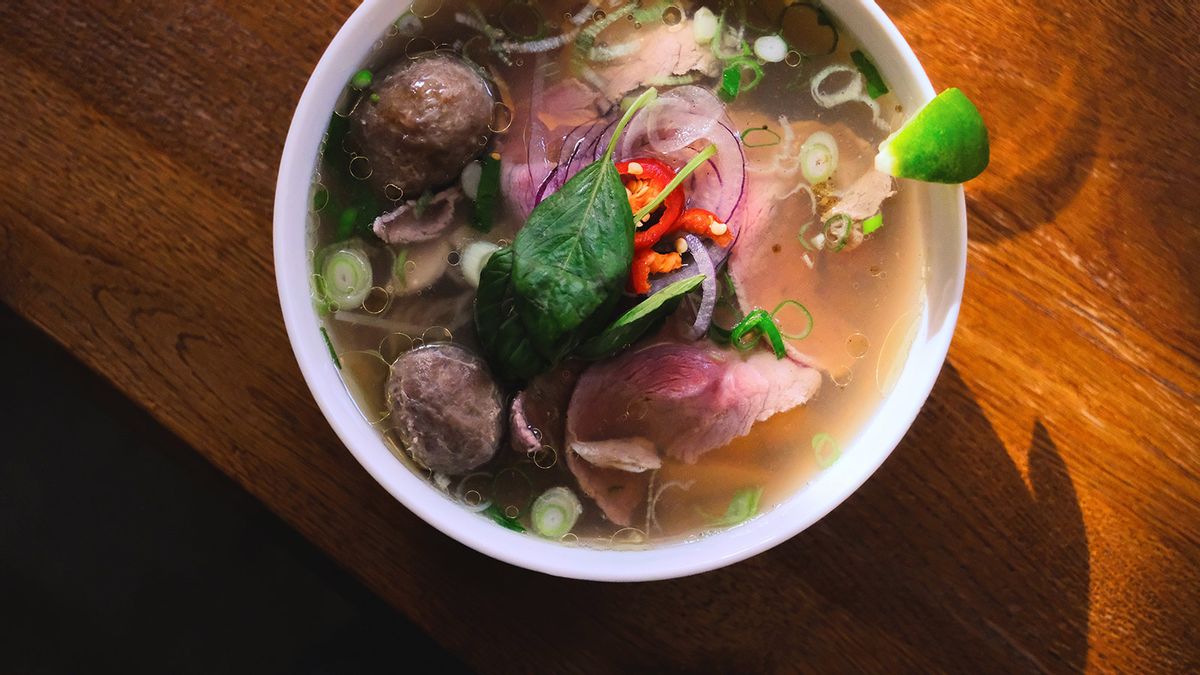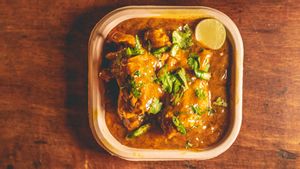The food scene in the capital has grown more diverse in recent years, far-reaching to accommodate the countless regional cuisines the country offers. But one exception has remained for much of the better part of this century, that of native flavours of Northeastern food.
Now, a strong contingent neighbouring the upscale Safdarjung Enclave has emerged to add a much-needed dose of authentic flavours from the seven sister states, to Delhi’s contemporary dining.
It hits you as soon as you enter Humayunpur, a previously nondescript village that has turned around to become a crowd-pleaser quite recently. If there are researchers who want to investigate how the decentralisation of previously localised gastronomical trends can radically transform the quality of life in a city, the time to do that may be now, in this urban village.
The restaurant hive is filled with gems like the breakfast spot Hornbill, an authentic Naga restaurant and Chef Riju Sharma’s Oh! Assam. Among these dining-centric experiences in Humayunpur, don’t miss Categorical Eat Pham, an economical Manipuri nook south of the enclave and home to the most-recommended Mangal Ooty, a savoury chickpea snack that is home-styled to perfection, the Heritage Naga Food's bistro, and Kori’s, the new Korean-Northeastern restaurant for the best-selling Dunggulle cha (a Korean tea variety with a pungent aroma) among other eateries in town.
A Mainland Tradition Now Mainstream
In 2018, The Week called Humayunpur a certifiably cool place to visit in Delhi. Hindustan Times just went live with a piece that proclaimed, “The big restaurant boom in the village began in 2018 and almost a dozen new restaurants were opened in a few months before the lockdown in the capital in March 2020."
Over the last couple of decades or so, the village has been the recipient of several cultural booms. In the early 1960s, DLF acquired and developed the majority of agricultural land into Safdarjung Enclave, a massive gentrification project that transformed low lying plains into a posh South Delhi locality. Inexpensive living and proximity to the centre attracted working professionals. In the first half of the twentieth century, Northeastern immigrants who relocated to Delhi for jobs and education found themselves a home away from home. By the end of 2015, more than 50 per cent of the residents in the flourishing new apartment building were from Sikkim, Assam, Tripura, Arunachal Pradesh, and Nagaland. The low cost of living alone has inspired many to pursue their culinary dreams that might have a hard time surviving in the haute climate of other parts of New Delhi and Gurugram.
No one can pinpoint whether it was the Jat community that forms the majority in Humayunpur or the new settlers who got the restaurant game rolling. But there’s no denying that the concentration of native Northeastern restaurants plays a role in the story Himanyunpur now tells. The charm of moving away from your homeland to a place in Delhi where you can rejoice in your culture — be it Kolkata or Gangtok, or a Naga town - helps convince young aspirants to move and build a life in these parts.

The culinary awakening in this district felt real when it popped up on Google maps - syncing the surge in restaurants, pubs, cafes, eateries, and food halls for more people to discover. “Five years ago, most restaurants would prepare jadoh, sha phaley, gundruk, and more regional fare for the newly settled families to welcome them, and would only serve to the community. Nowadays, it is almost impossible to not heaven Instagram or Facebook account if you own a food place here,” says Asenla Jamir, a 23-year-old hospitality student at IHM Delhi who also helps her dad run a Naga-style grill near NCC Gate.
Coming Together: For Food And The Olympics

By day, the area’s biggest attraction, B6 Market, which was recently reopened with a pedestrian-friendly pathway and welcoming signage devoted to the preservation of Humayunpur's unique identity, draws travellers downtown. A trickle of new high-end dining establishments and hotels indicates a revival led, on the food front, by the Northeastern community that is persevering, progressing and not bowing down to the contemporising of their traditional cuisines.
You will find a tux-donning dumpling master at the Yo Tibet, who will give you the lowdown on all things Tibetan cuisine and mouth-watering platters of dumplings with chili pork. There are the bistro owners that claim to serve an ‘Indian pho’ that would give the Vietnamese restaurants a run for their money and the barkeeps strategising over the special menu for the crowd that only comes in to watch the Olympics.
Dhiman Goswami, a part-time bartender with The Chef, said that restaurants and bars from other metropolitan regions in Delhi have been trying to relocate for the “energy” of this place. In the post-lockdown scenario, the Olympics, he said, has been the catalyst.
“Manipur has definitely proven itself as the ‘powerhouse of sports in India’ with five athletes representing the state in the Tokyo Olympics, 2020. We are immensely proud of our homeland, and every Manipuri restaurant here is celebrating,” Goswami added.

In the last couple of weeks, the live broadcast commentary from the Tokyo games was unmissable. Families would occupy outdoor seats at restaurants glued to the television, promising a loud cheer when a familiar face made it on screen. “It gives us faith, that if these talented, passionate athletes can follow their dreams, and represent us with such honour, we too can fight for our lacking representation,” says Nino Tori, owner of Assam Diaries, an upcoming bar near MCD park that will feature the famous sulai, a clear spirit that is a native brew from her home state.
The dining rooms, are filled with classical music and groups of families and partners sharing dishes, the winning hoots of victory for Mirabai Chanu. Not to mention, conversations about the elusiveness of Naga pork in mainstream restaurant chains and bamboo shoot specialities that are found nowhere else in central Delhi.

Walking around, you may also spot a Mira Thali named after the 26-year-old who recently became the first Indian to score a medal at the Tokyo Olympics 2020. The iconic culture of the seven states feels even closer when you realise that the community here is tight-knit, passionate, and working towards a goal that’s greater than any culinary movement we might have ever seen.
“We don’t think of ourselves as just chefs, bartenders, or restaurateurs,” says Tori. “We think of ourselves as a small part of a greater revolution, and together we hope to put our cuisine on the global map.”




